愛媛県西条市で毎年10月中旬に開催される伝統的な秋まつり。西条祭りの川入りは、正式名称は「川入り渡御」。77台のだんじりが集まり、特に10月16日の川入りは圧巻です。
A traditional autumn festival held every year in mid-October in Saijo, Ehime. The festival is held grandly every year from 12 October in various parts of the city. The festival, which has a long history dating back to the Edo period, attracts not only local residents but also many tourists as a Shinto ritual to thank the gods for a good harvest. The main attraction of the Saijo Festival is the spectacular sight created by the multiple floats (danjiri, mikoshi and taiko stands). The sounds of drums, gongs and people shouting in unison create a lively atmosphere. One of the biggest attractions of the Saijo Festival is the gathering of 77 danjiri, with the river entry on 16 October being particularly spectacular.
2022年10月16日撮影
—
四国にきてかなりの数のお祭りをみてきましたが、圧倒的に美しいと思うお祭りのひとつがこの西条まつりです。
I have seen so many festival in Shikoku. I thought the Saijo matsuri is one of the most beautiful festival.
10月14日~17日の間、西条市の各地で行われるお祭りが西条まつりと呼ばれています。その中でも個人的に好きなのは、毎年10月16日に行われる伊曽乃神社の宮入りです。午後3時頃から加茂川の土手に屋台が集まりはじめ、夕暮れ時になると伊曽乃神社に宮入りしようとする神輿とともに11台の屋台が川をわたります。その光景はとても幻想的。ぜひ一度、足を運んでみてください。
On October 16th at 3:00 p.m. the floats gather at the banks of Kamo river where the festival’s finale takes place. With all the floats lined up to see off the Mikoshi that is going to Isono Shrine for Omiyairi, a beautiful scene begins to unfold. The setting sun behind the spectators reflects off of the river and shines onto the floats creating an impressive view. Regretting the end of the festival, a float from the Kobe district tries to obstruct the procession of Mikoshi in an apparent effort to prolong the festival.
When at long last the Mikoshi have crossed the Kamo river the festival comes to an end.
西条祭り
日程:毎年10月11日~17日
場所:愛媛県西条市嘉母神社、石岡神社、伊曽乃神社、飯積神社
Saijo fesival, Ehime pref., Japan
Date : 11th – 17th October
Place : Kamo Shrine, Ishioka Shrine, Isono Shrine and Iizumi Shrine, Saijyo city, Ehime pref., Japan
October
08・09th(Kamo Shrine)
14・15th(Ishioka Shrine)
15・16th(Isono Shrine)
16・17th(Iizumi Shrine)
Ten luxurious drum floats decorated with gilt and silver threaded cloth are dedicated to the Iizumi Shrine to give glory to the end of the Saijo Festival.
On the 16th the procession is unstructured except that they meet floats from Isono Shrine at the Tamatsu Bridge at around noon and some of them perform Kakikurabe during the night.
On the 17th in the very early morning they do Miyadashi followed by a Kakikurabe performance at 4 locations in the parishioners’ villages, and then in the evening the 10 drum floats and Mikoshi perform “Kakikurabe” on the riverbank in front of Iizumi Shrine.
On the evening of the 17th, the 10 drum floats and Mikoshi perform Kakikurabe on the riverbank in front of the Iizumi Shrine.
It is worth seeing the Kakikurabe performed among drum floats which are uncommon in other regions. The fashion in which the 10 drum floats are lined up and are promenaded around is truly a grand and appropriate way to conclude the Saijo festival.
豪華絢爛として知られる西条祭り。
愛媛県西条市まできてみました。
川沿いでは子どもたちが遊んでいます。西条市は、「うちぬき」と呼ばれる湧き水が沸く水の都としても有名で、加茂川は西日本最高峰の石鎚山を源流とする名水百選「うちぬき」の水源となっています。
加茂川を河口から歩いて行くと既にたくさんのひとが集まっています。
屋台が橋の上を通ります。
西条祭りは、江戸時代から300年も続く歴史のある祭りで
だんじり、みこし、太鼓台が神社に奉納されます。
加茂川の上流にはカワセミが飛びかい、
清流を魚の群れが泳ぎ、中流では川遊び・芋炊き・伊曽乃神社の秋祭りがあるなど、
西条の自然や風土に深く関わりがあることから、「母なる川」として西条の人たちに親しまれています。
愛媛県西条市内で奉納されるだんじりなどの台数は150台を越えます。
伊曽乃神社例大祭に奉納するだんじり・みこしは81台と、
ひとつの神社に奉納される御輿の数としては他に例のないほど大きな祭りでです。
夕方から加茂川の土手に屋台が集まりはじめ、いよいよ祭りのクライマックス「川入り」です。
西条市内の神楽所を巡幸する御神輿の露払いを終え、
だんじりは伊曽乃神社に向かう途中に流れる加茂川河川敷に集合します。
出店もたくさんでています。この季節、日が暮れると肌寒いので温かい食べ物がありがたい。
川を渡って伊曽乃神社に宮入りしようとする神輿を見送りするために
屋台が夕日を浴びながら土手の上に一列に並ぶ姿は壮観。
早朝と夜は屋台に飾られた100個以上の提灯に明かりが灯り幻想的な雰囲気に誘います。
祭りの発祥は定かではありませんが、石岡神社祭礼が宝暦7年(1757年)、
伊曽乃神社祭礼が宝暦11年(1761年)に文献上に登場してきます。
近畿地方から淡路島をつたい瀬戸内海沿いを陸続きに広まった太鼓台の文化と、
西条型だんじりの文化とは新居浜市と西条市の境界ではっきりとわかれていて、
香川では秋祭りの主役は太鼓台ですが、西条より西の町では西条型だんじりが主役になります。
つまり、西条は瀬戸内沿岸地域における祭礼文化圏の境界ということです。
海路から伝わったとされるだんじりと、陸路より伝わったとされる太鼓台の両方が祭礼に使われるのはとても珍しいそうです。
西条の屋台は構造自体は太鼓台そのものであるにもかかわらず、
太鼓台を担いで運行する様式が大型の車輪をつかって曳く「曳き山」として独自の進化をとげています。
ある狭い地域で急激な様式の変化をみせることは全国的にも稀なことだそう。
伊曽乃神社の祭礼は西条祭りの中でも最も大きなもので、
だんじり・みこし合わせて80台余りが繰り広げる豪華絢爛な祭りです。
ようやく神様が到着したようです。今年は例年に比べずいぶんと到着時間が遅かったそう。
「お~!!」という大きな歓声と共に一斉にフラッシュがたかれ、神様の御神輿の渡御がはじまりました。
動画で記録。西条祭り、川入り。物凄い迫力!!
山車(だんじり)が後から到着した神輿と一緒に川にはいって行きます
祭りの終わりを名残惜しむように、神輿の行く手を屋台が阻みます。
神輿が加茂川を渡りきると祭りは終わりになります。
ご神体の渡御をもって祭礼が終わってしまうので、、渡御する御神輿がすぐに渡ってしまわないよう
「神さま、今しばらく一緒にお楽しみ下さい」と対岸の伊曽乃周辺地区のだんじりがとり囲みます。
祭りの終わりを名残り惜しむように、川入りが終わった後もしばらく屋台の灯りが川面を照らしていました。
Lasting for two days, Isono Shrine Festival is one of the biggest events held in the whole of Saijo City. It begins on October 15th at 2:00 am with the sacred Omiyadashi (taking out of the Shrine) and ends on October 16th at 4:00 pm with the sacred Miyairi (returning to the Shrine). The highlight of the festival includes more than 80 Danjiri and Mikoshi floats which are paraded around the area.
During the festival more than 100 lanterns are lit from dusk until dawn to reproduce a scene from old Japanese picture scrolls. The origin of this event remains unclear, but it can be found on some documents dating back to Edo period, in the year of Horeki 11th (1761 according to the Christian calendar).
An Introduction to Saijo Matsuri
Saijo Matsuri is a grand festival held every October in the city of Saijo in Ehime Prefecture. In this harvest festival with over 300 years of tradition, enormous hand-carried floats called danjiri and mikoshi are presented to local shrines. There are more than 150 floats in the city.This website introduces Saijo Matsuri, with a focus on the Isono Shrine festival in the Nakano neighborhood, the biggest in scale of the many festivities in the city. There are 81 danjiri and mikoshi offered to Isono Shrine, making it the largest festival of its kind in Japan and worldwide.
In addition to danjiri, mikoshi, and taikodai float parades, Saijo’s fall festival features many traditional Japanese attractions like shishimai (lion dance), yakko-gyoretsu (a dance parade performed in traditional costume), and kagura (ancient music and dance).
At the heart of these activities are the danjiri, great wooden floats standing approximately 5m tall and weighing 700kg. These structures are shaped like house frames and carried by 15-20 revelers during a two-day parade through the city to the beat of taiko drums, bells, and festival songs. Danjiri are typically named for the neighborhood that they represent.
Danjiri floats are decorated with carvings depicting Japanese motifs, famous figures like Toyotomi Hideyoshi, and scenes from historical literature such as the Legend of Three Kingdoms. Some danjiri are also painted.
candlesAt night over 100 lanterns are affixed to each float, and the light from the candles creates an ethereal atmosphere completely different from the daytime. Watching Saijo Matsuri is like seeing a picture scroll unfurl and come to life before your eyes.
The history of the danjiri
Danjiri is a general term for floats used in festivals, and in this region these floats are divided into two categories: danjiri and taikodai. Taikodai are used in the Iizumi Shrine Festival and in the autumn festival of neighboring Niihama City.The origins of the danjiri in Saijo are historically unclear, but it is said that the head priest of Kichijo-ji Temple, which was associated with Iwaoka Shrine, saw the floats of a shrine in Kawachi Province (modern day Osaka Prefecture). Upon returning home, he decided to construct similar structures from bamboo and offer them to the shrine.
Saijo’s festival floats are first mentioned in official documents of Iwaoka Shrine in 1757 and in the records of Isono Shrine in 1761, and it is believed that danjiri existed during the Kan’en era (1748-51). Since then, danjiri have been newly constructed or renovated repeatedly all the way to the present day. Among these, some danjiri have been preserved for over 150 years and, due to their historical value, are designated important cultural properties by the city of Saijo. These floats are Koyashiki (1840), Himi Tera-no-shita (1855), Moto-uoyamachi (1862), Konyamachi (end of the Edo period), and Benzaiten (1864).

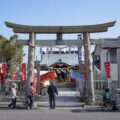
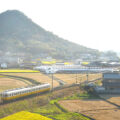
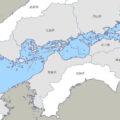

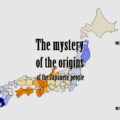
![【高知】魚を守る道、アイスハーバー型らせん魚道 – [Kochi] Ice Harbor type spiral fishway](https://yousakana.jp/wp-content/uploads/wordpress-popular-posts/50244-featured-120x120.jpeg)
![【香川】高松の素敵な本屋まとめ - [Kagawa] Wonderful book shops at Takamatsu city](https://yousakana.jp/wp-content/uploads/wordpress-popular-posts/43920-featured-120x120.jpg)



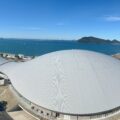
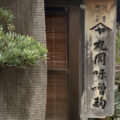

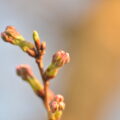
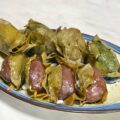

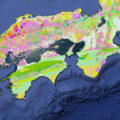
![【香川】春日川の川市 – [Kagawa] River market of Kasuga river](https://yousakana.jp/wp-content/uploads/wordpress-popular-posts/49605-featured-120x120.jpeg)
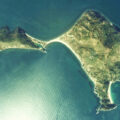
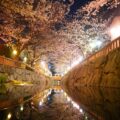



![【愛媛 国の登録有形文化財】浦辺鎮太郎さん設計『西条栄光教会』クリスマス – [Ehime / National Tangible Cultural Property] Saijo Eiko Church](https://yousakana.jp/wp-content/uploads/2021/11/Saijo-Eiko-Church-150x150.jpeg)
![【愛媛】宇和島の牛鬼。秋祭り – [Ehime] Autumn festival at Uwajima city, Ehime pref.](https://yousakana.jp/wp-content/uploads/2019/10/Ushioni_Uwajima-150x150.jpg)
![【愛媛】川沿いの静かな古民家で頂くそば『蕎亭 はる』 – [Ehime] Soba at Japanese old house “Kyotei Haru”](https://yousakana.jp/wp-content/uploads/2020/12/soba-haru_ehime-saijo-150x150.jpg)
![【愛媛】西条はそば処『西條そば 甲』 – [Ehime] Saijo Soba “KINOE”](https://yousakana.jp/wp-content/uploads/2020/08/DSC00001-150x150.jpg)
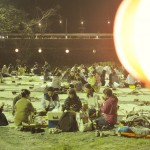

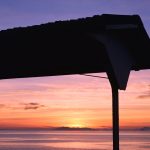
![【愛媛】隈研吾さんが設計『いとまちホテルゼロ』 – [Ehime] “ITOMACHI HOTEL 0” designed by Kengo Kuma](https://yousakana.jp/wp-content/uploads/2023/06/itomachi-hotel-0-150x150.jpeg)

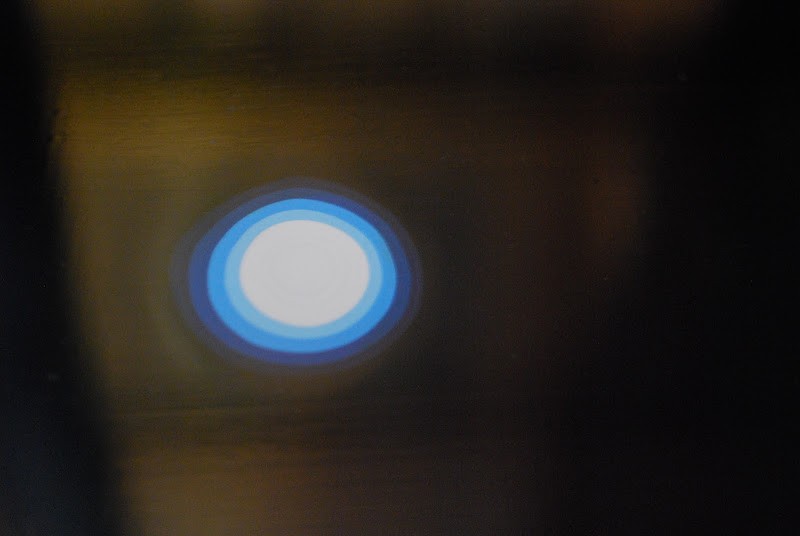
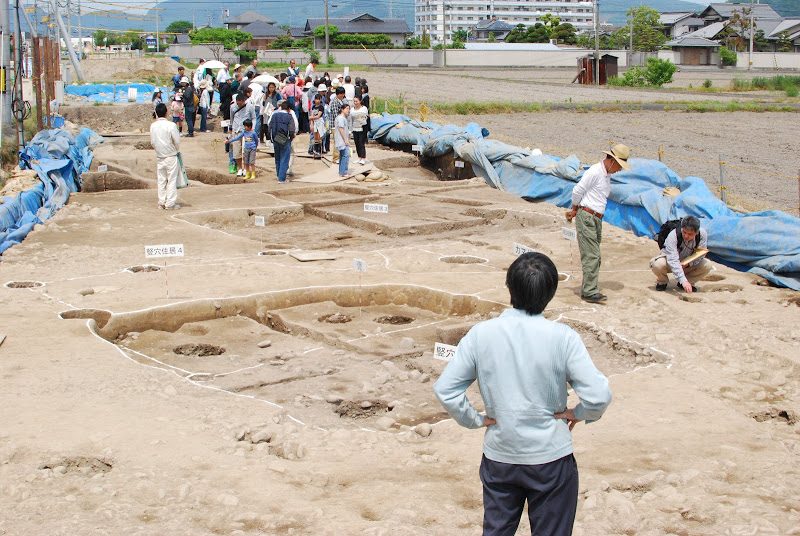
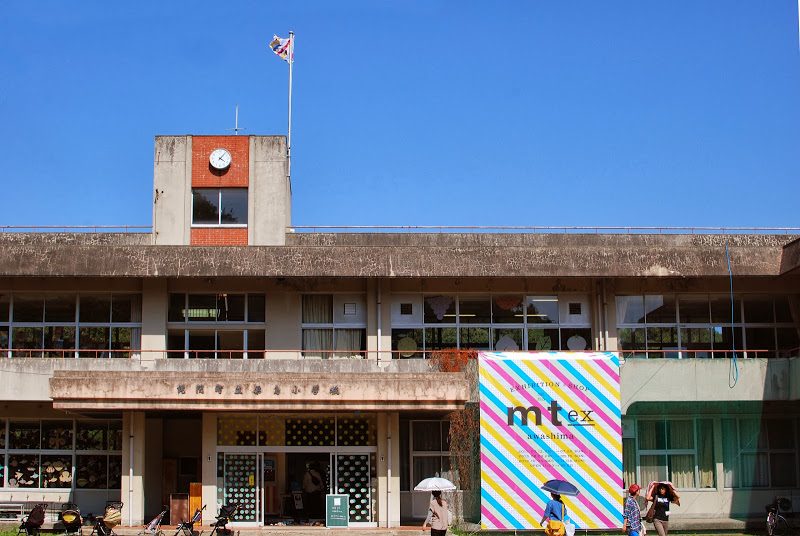
![【6/13漁解禁!! 】讃岐うどんに欠かせない伊吹島の『伊吹いりこ』 – [13 June: Start Fishing!] “Iriko” from Ibuki Island is essential for Sanuki Udon](https://yousakana.jp/wp-content/uploads/2013/06/ibuki-island-800x536.jpg)
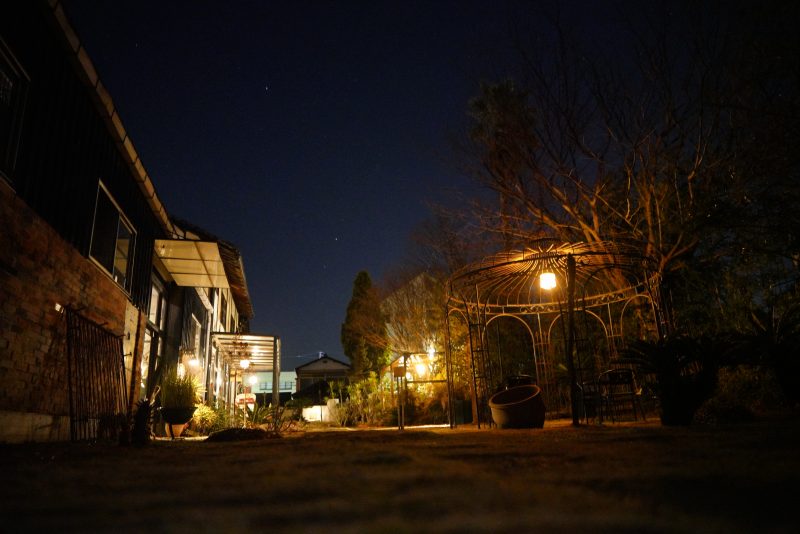
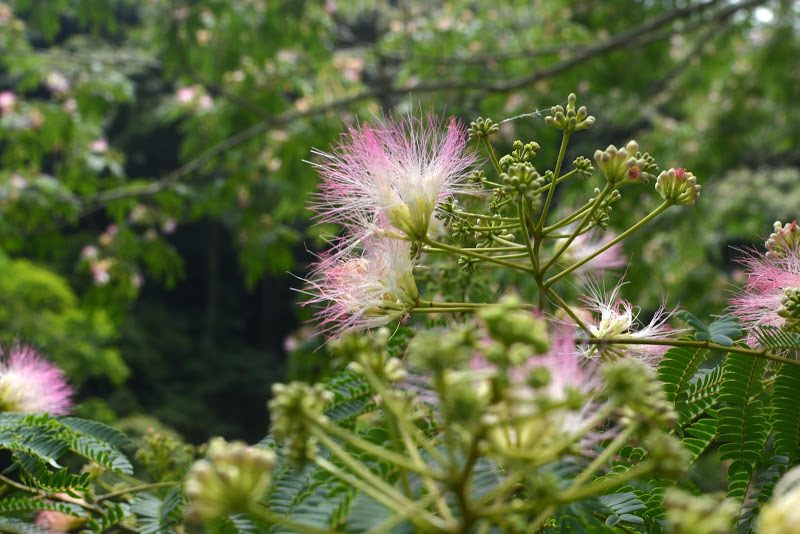
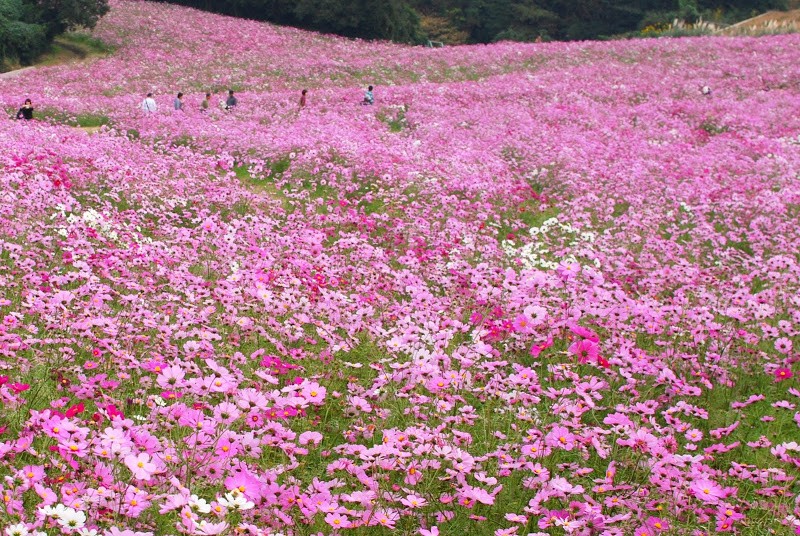
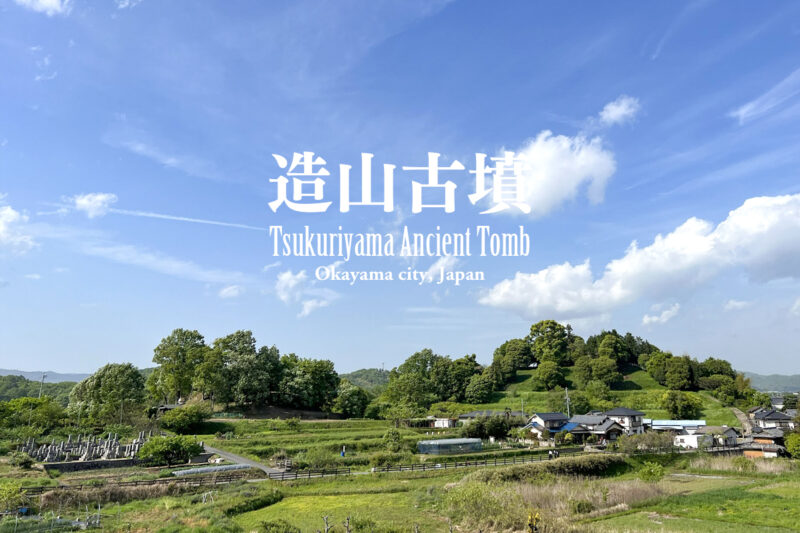
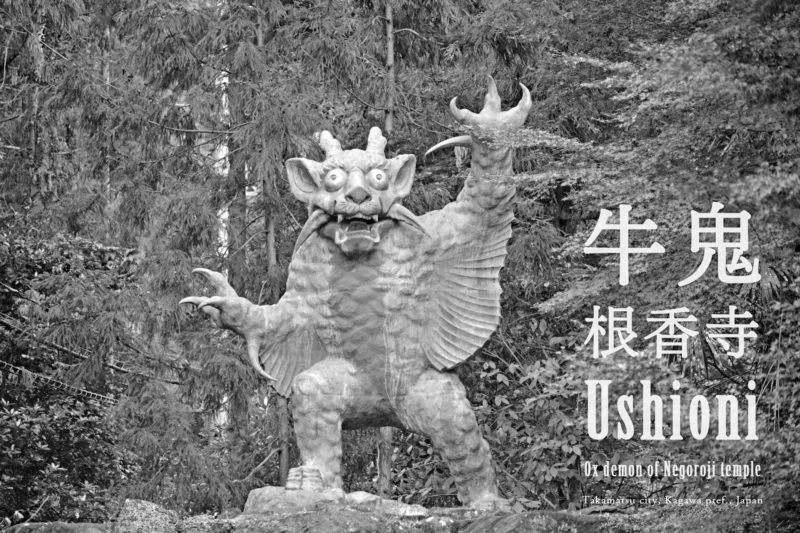
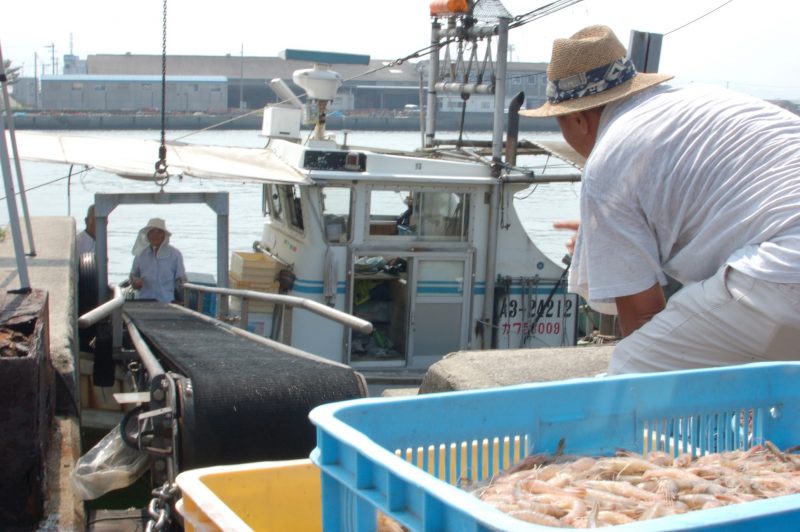
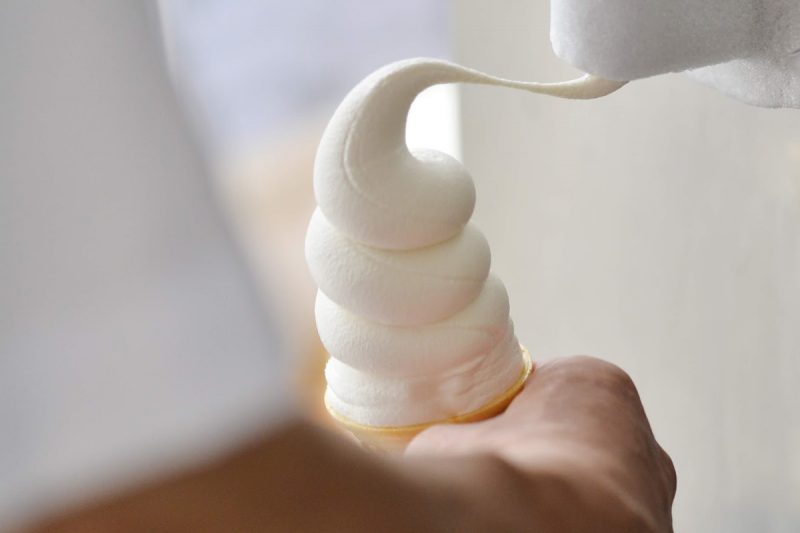
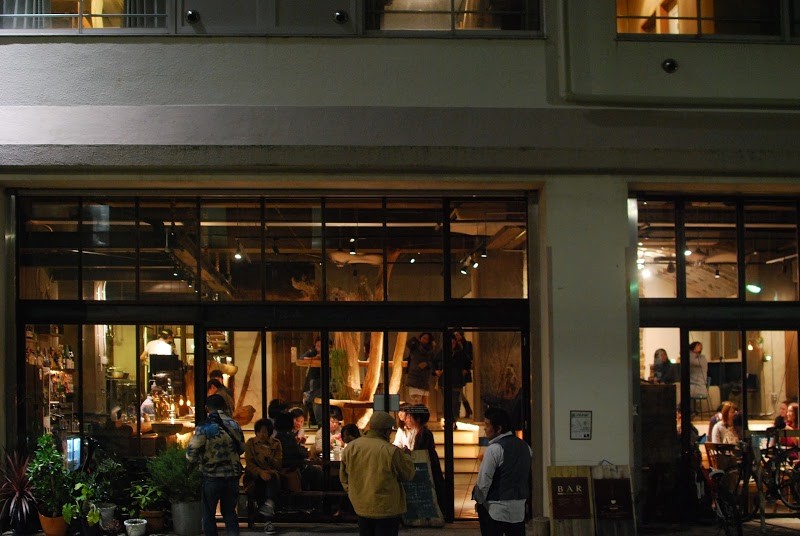
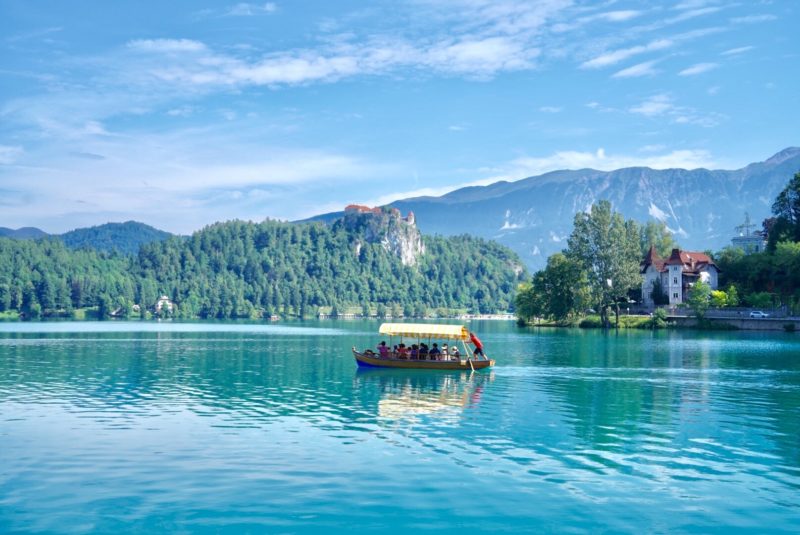
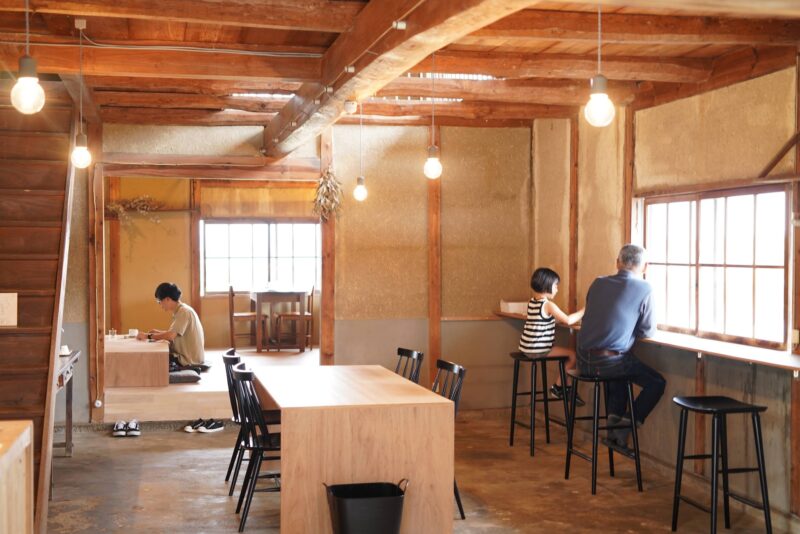

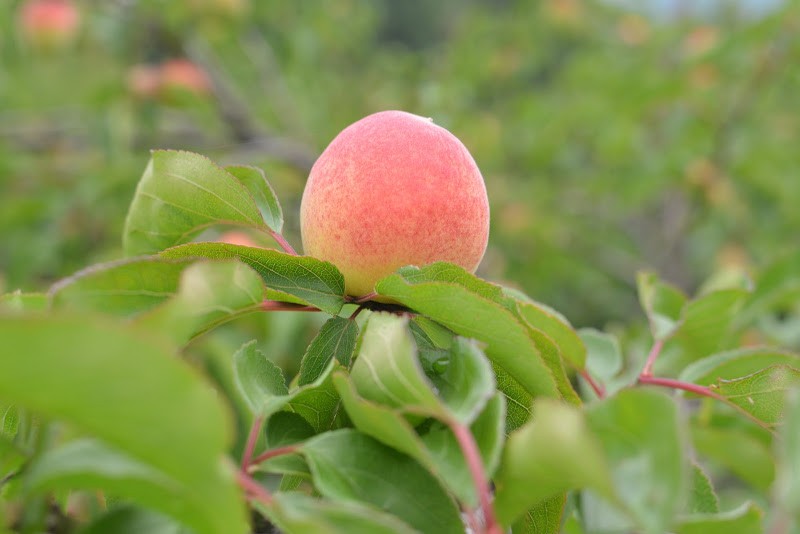
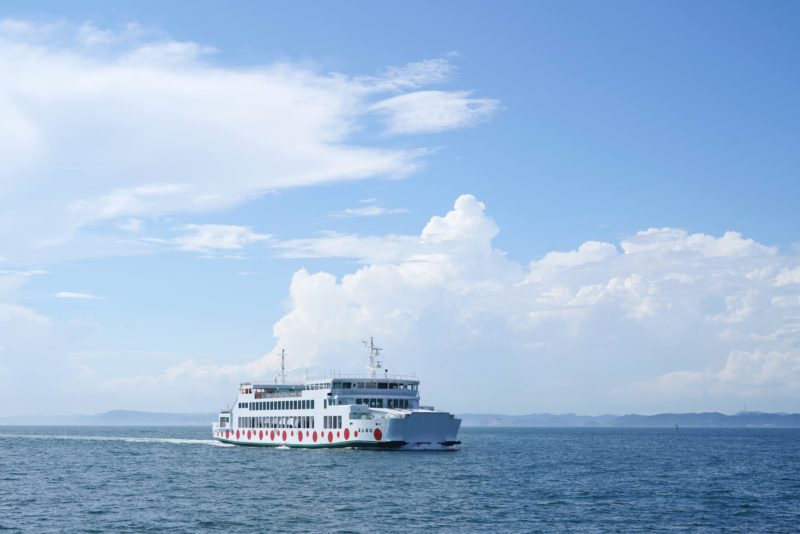
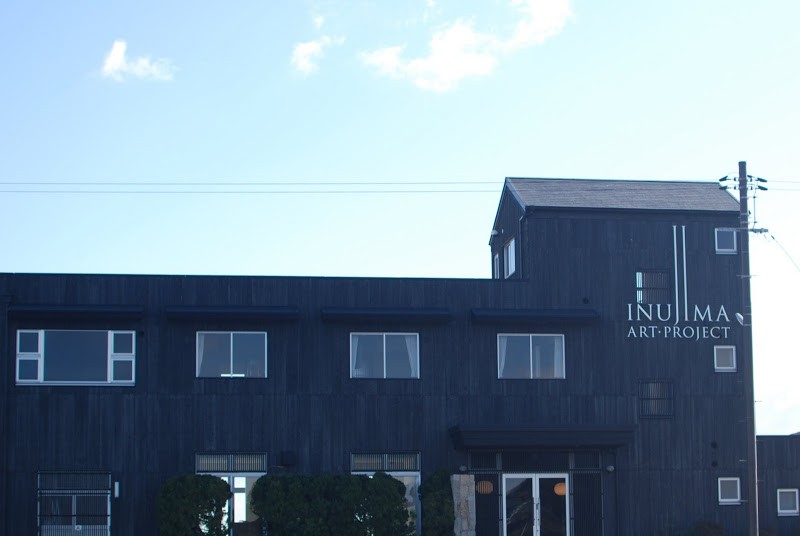
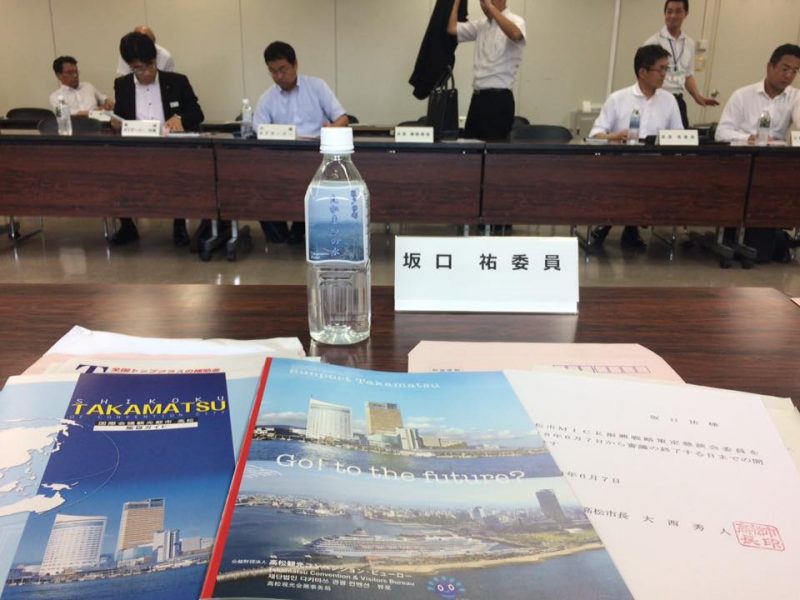
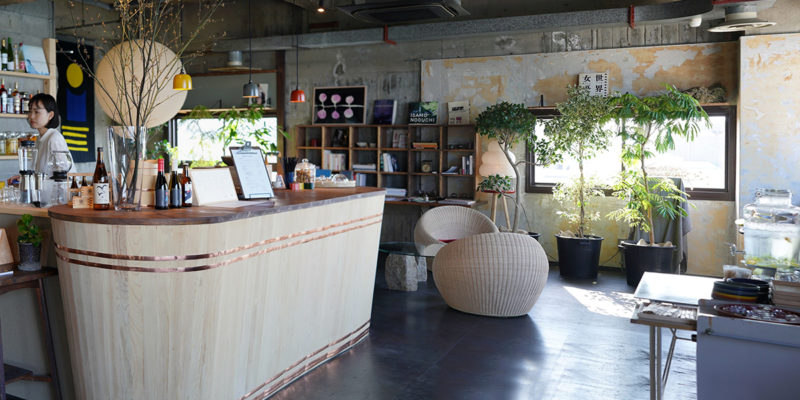
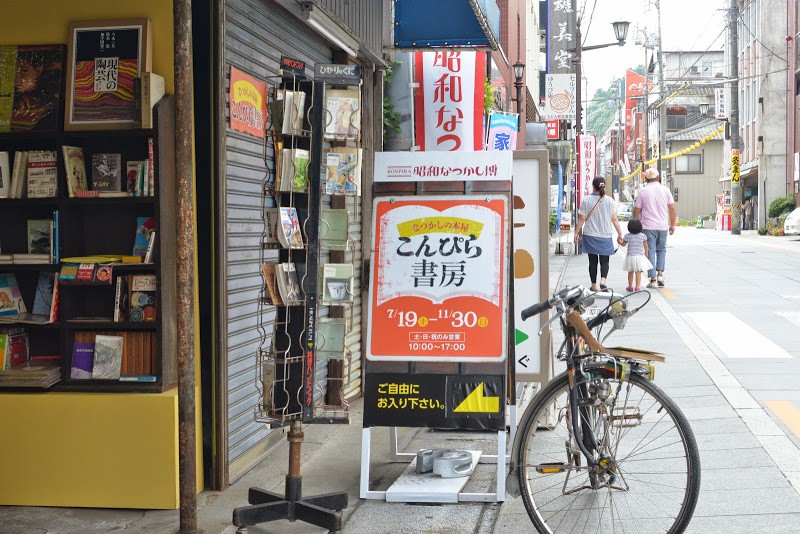
![【高知】「何不(なぜしないのか)」日本最古級の文章が出土か『若宮ノ東遺跡』 – [Kochi] ‘Why not?’ Japan’s oldest writing discovered at Wakamiya-no-Higashi Ruins](https://yousakana.jp/wp-content/uploads/2025/07/wakamiyanohigashi-ruin_kochi-800x533.jpg)
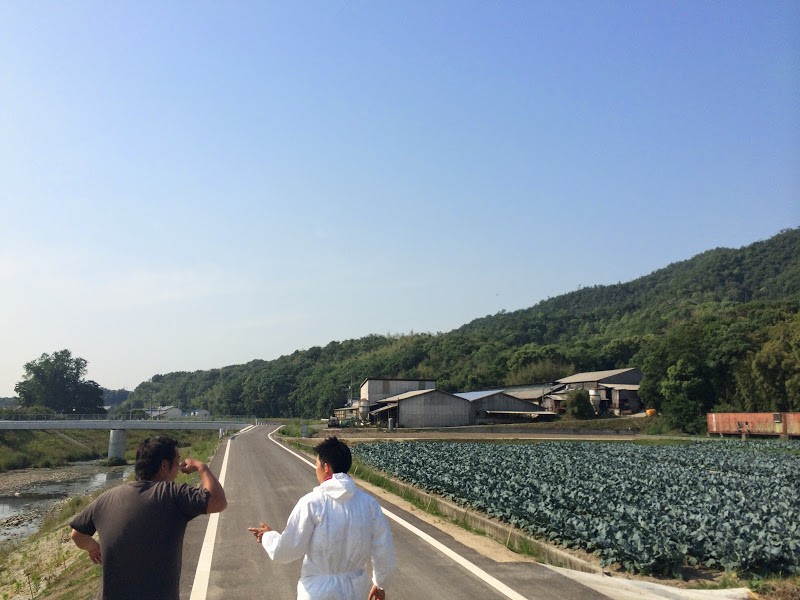
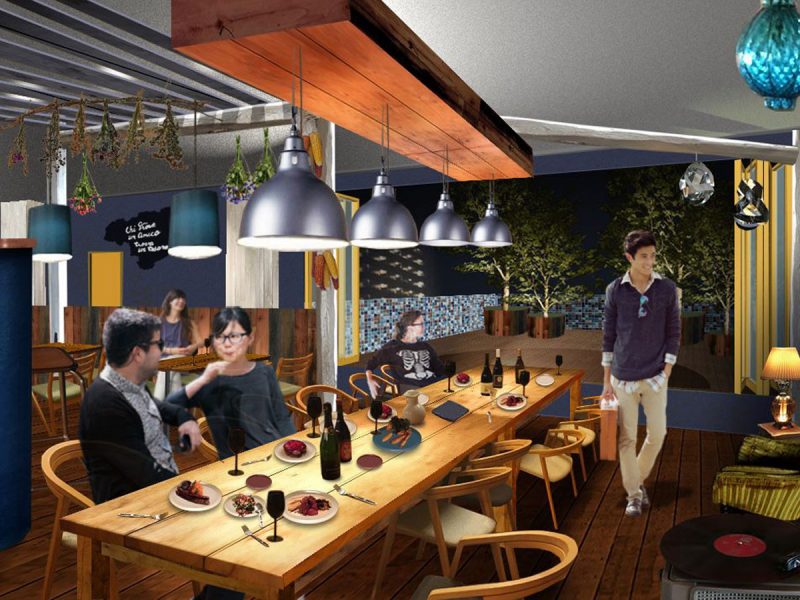
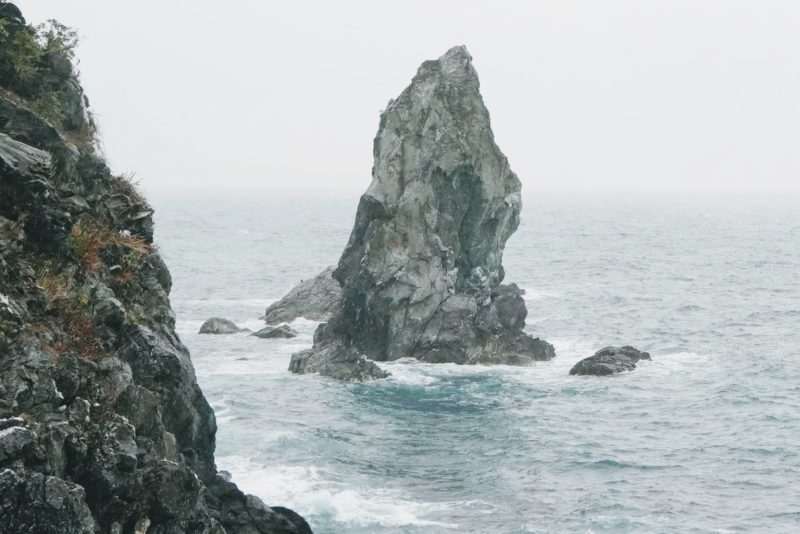
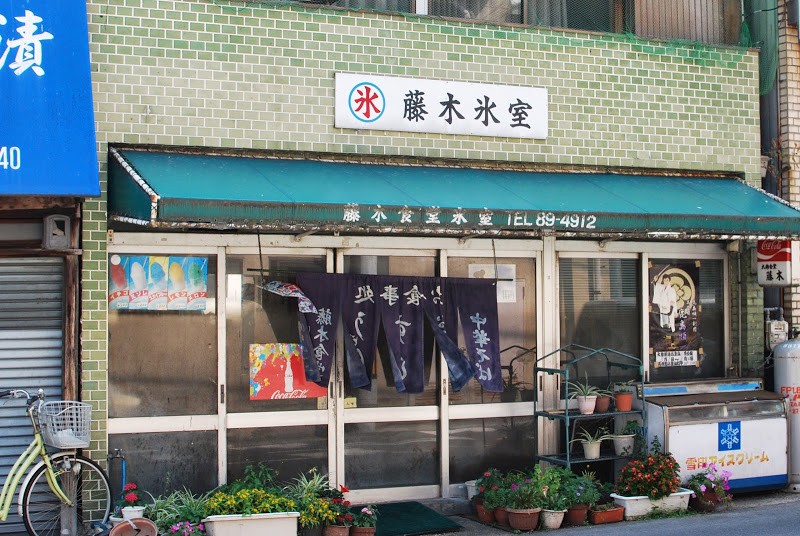
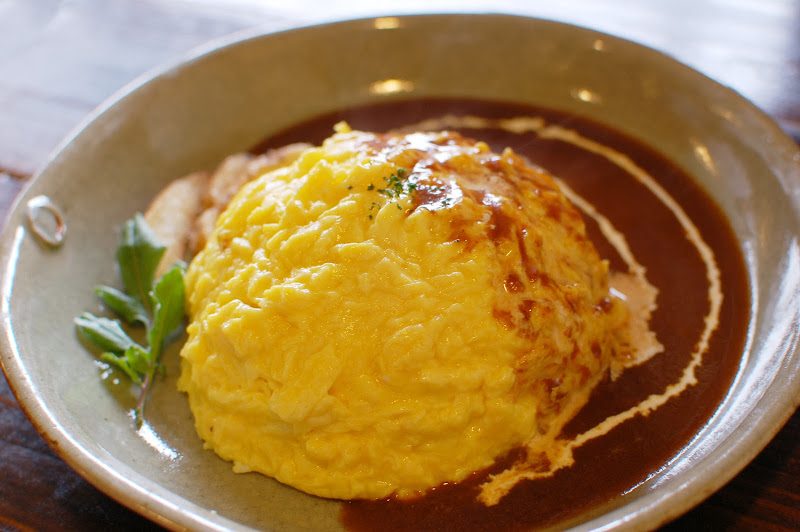
![【愛媛】西条はそば処『西條そば 甲』 – [Ehime] Saijo Soba “KINOE”](https://yousakana.jp/wp-content/uploads/2020/08/DSC00001-800x534.jpg)
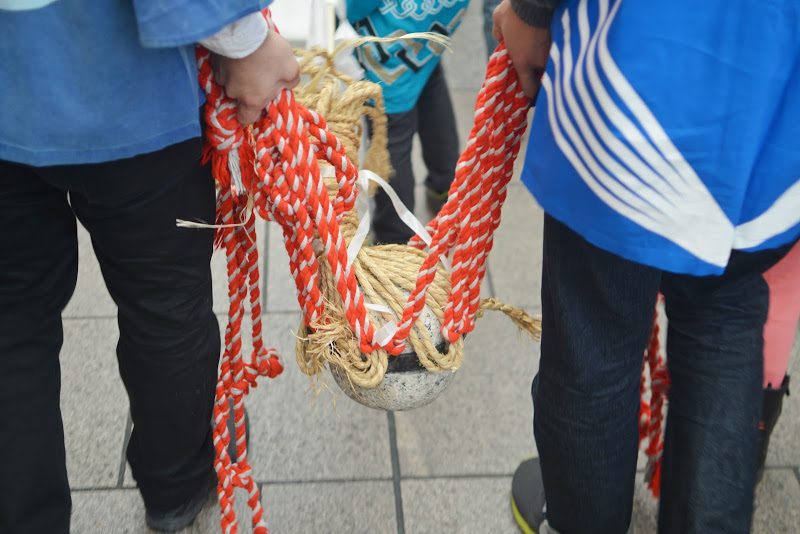
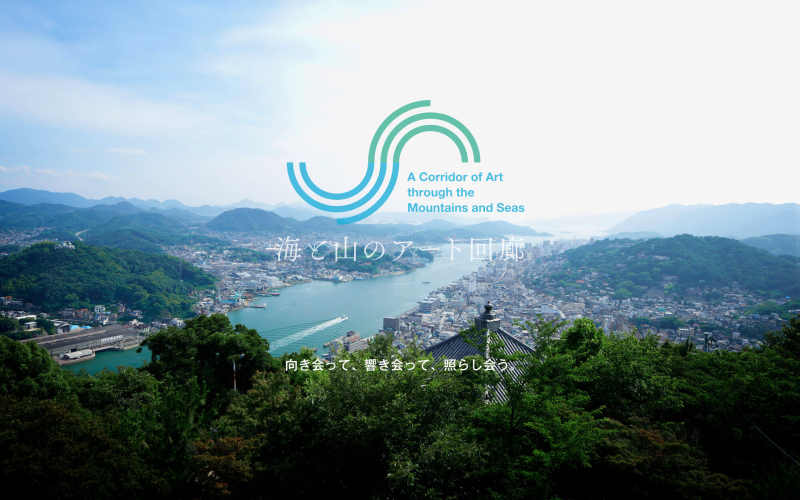

![【香川 / 伊藤若冲】塩飽大工最後の家。本島・吉田邸 – [Kagawa / Jakuchu Ito] Yoshida House of Honjima island](https://yousakana.jp/wp-content/uploads/2018/10/yoshida-house-honjima-island-1-800x534.jpg)
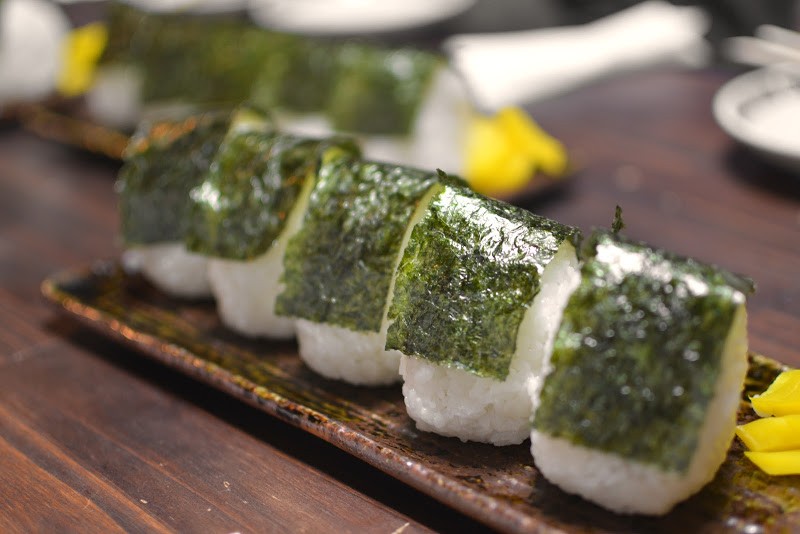
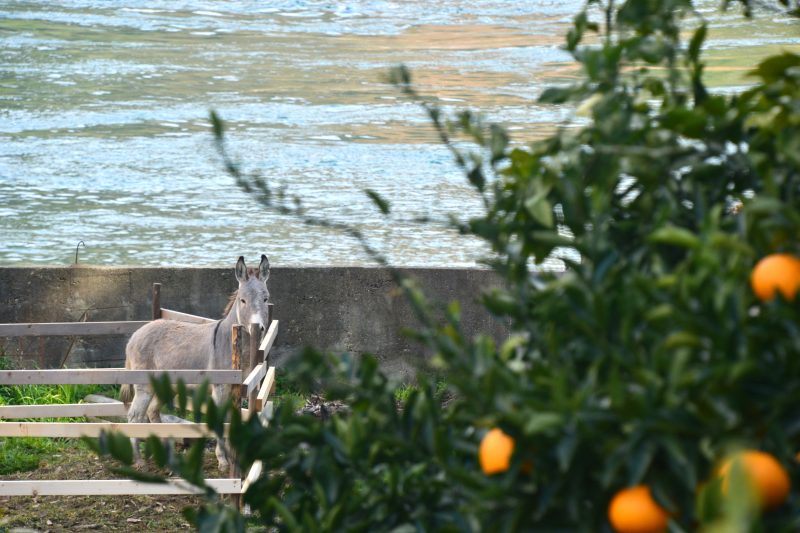
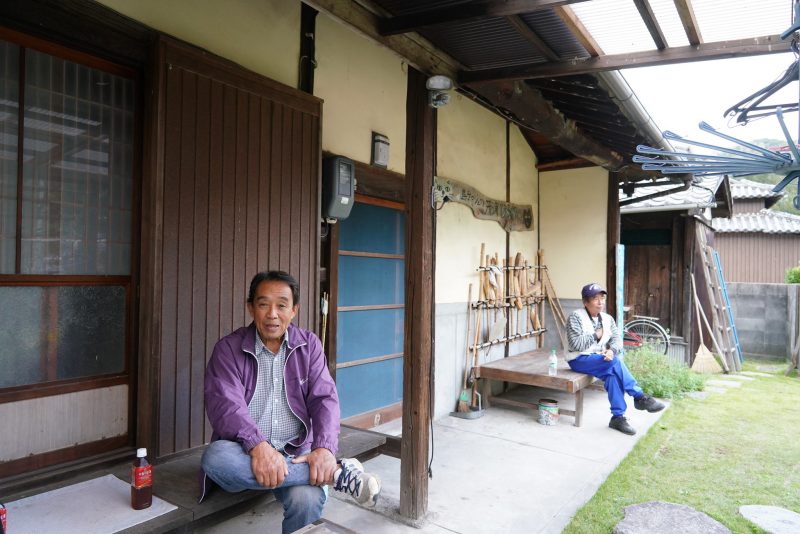
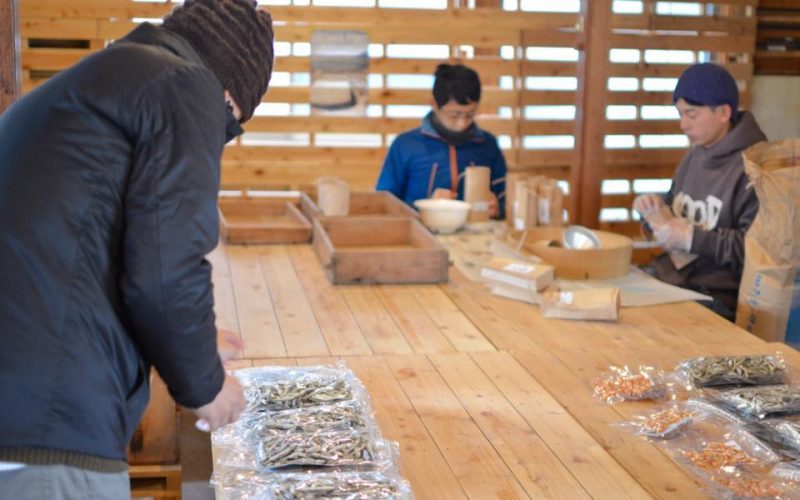
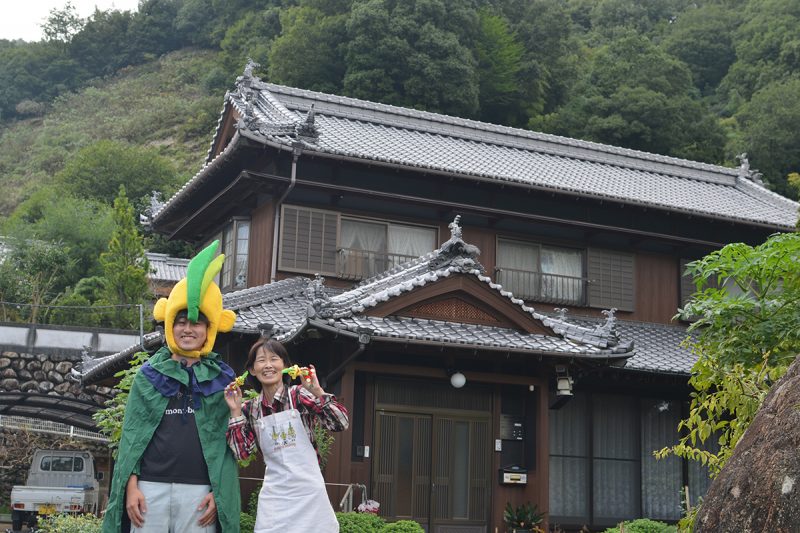
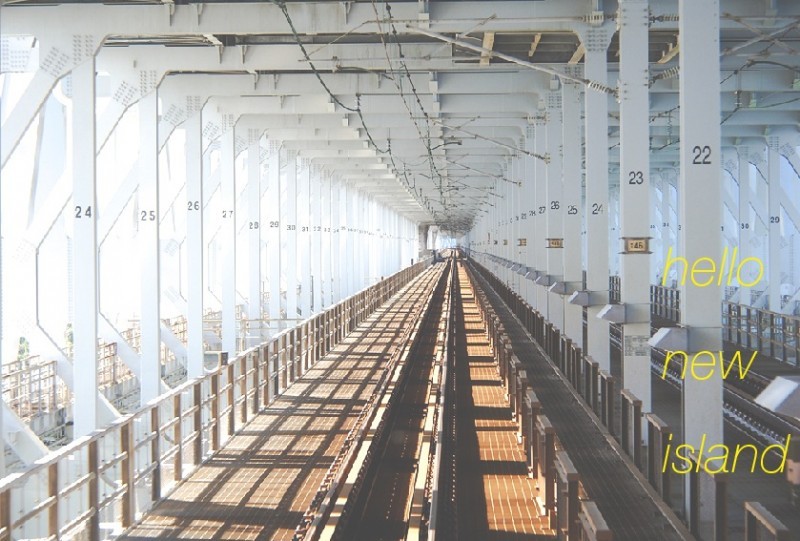
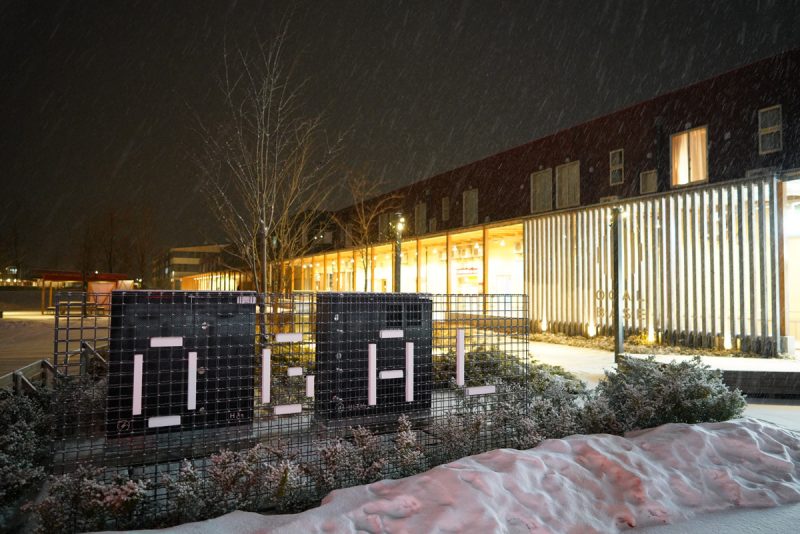
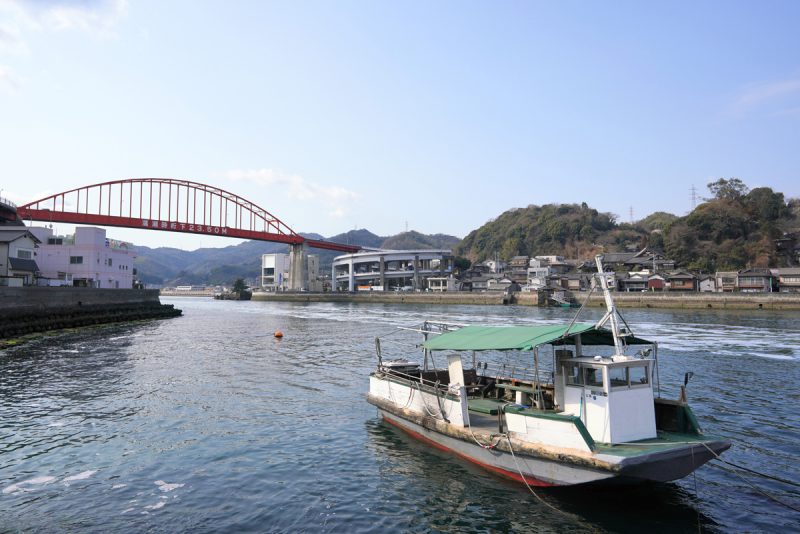
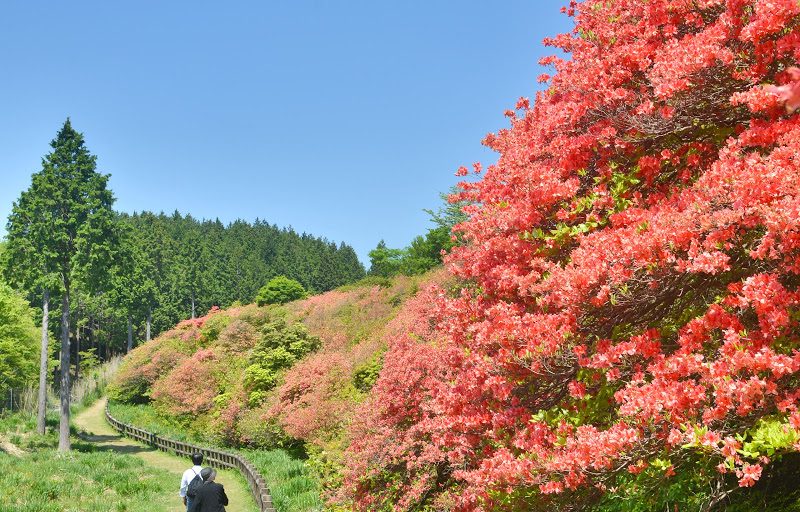
![【香川 1/9-11】商売繁盛の神様、東浜恵美須神社の「十日えびす」 – [Kagawa 9-11 January] ‘Toka Ebisu’ at Higashihama Ebisu Shrine, the god of commerce](https://yousakana.jp/wp-content/uploads/2024/01/higashihama-ebisu-shrine-800x533.jpeg)
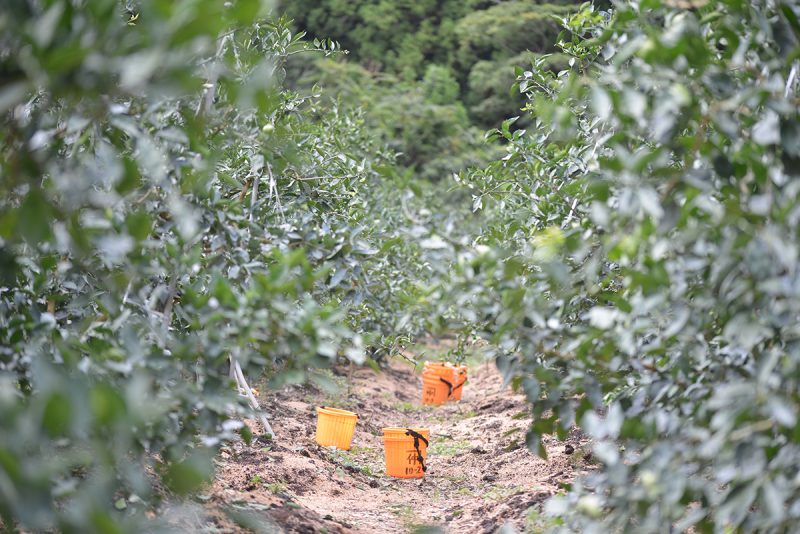
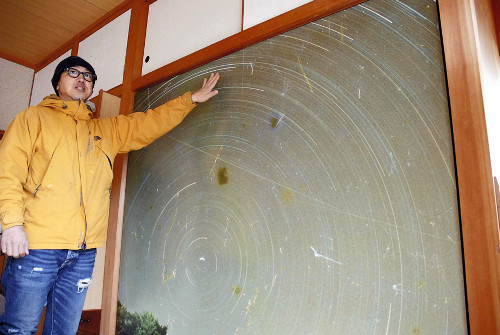
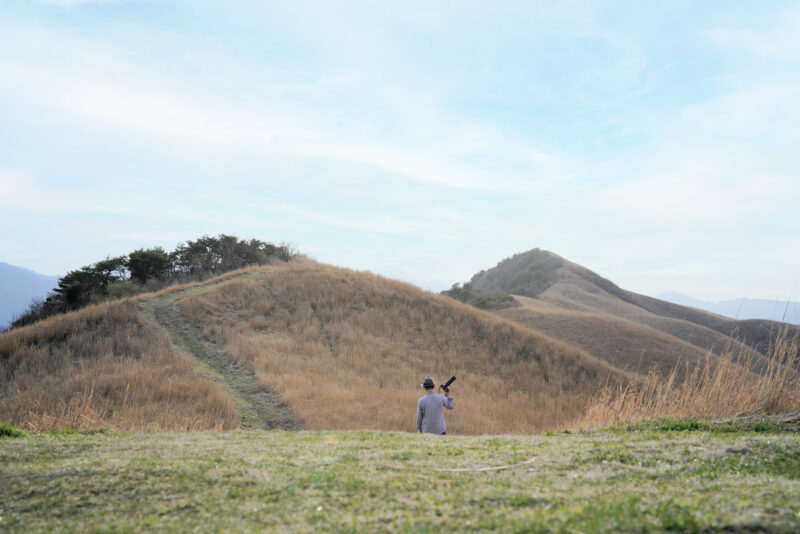
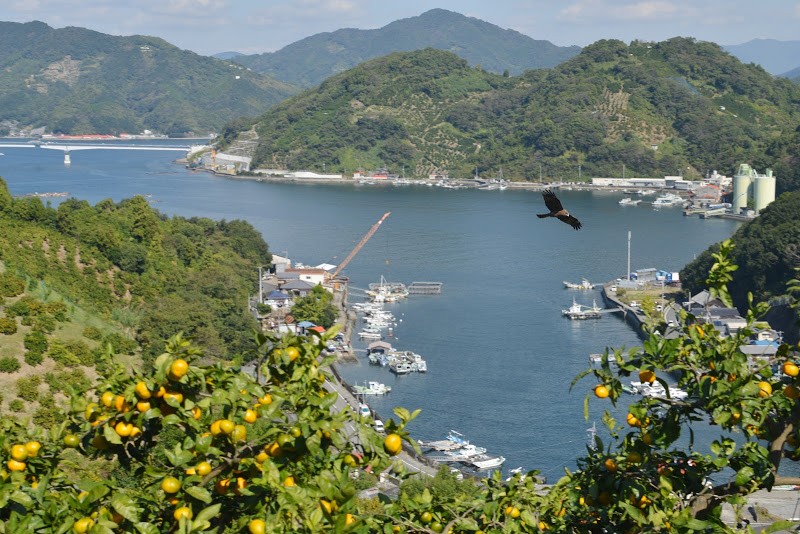
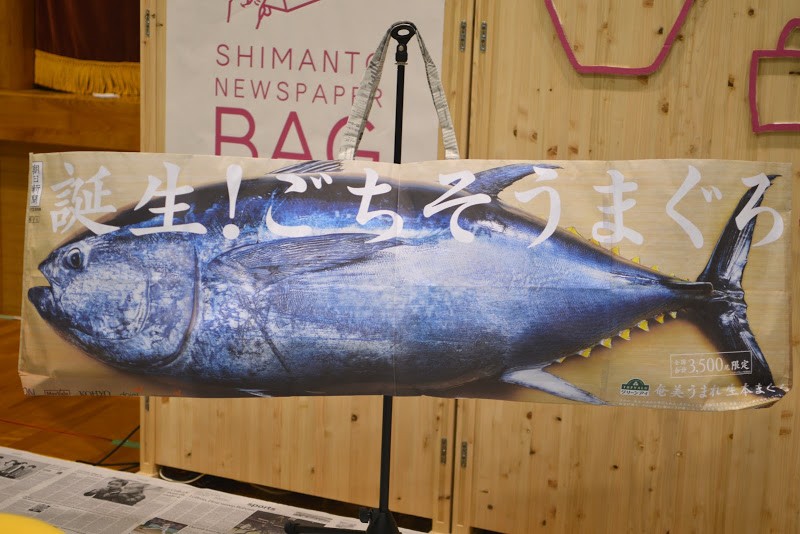
![【香川】高松市は松盆栽の全国シェア80%!『高松盆栽の郷』 – [Kagawa] Bonsai Village of Takamatsu](https://yousakana.jp/wp-content/uploads/2021/01/takamatsu-bonsai-village-01-800x534.jpg)
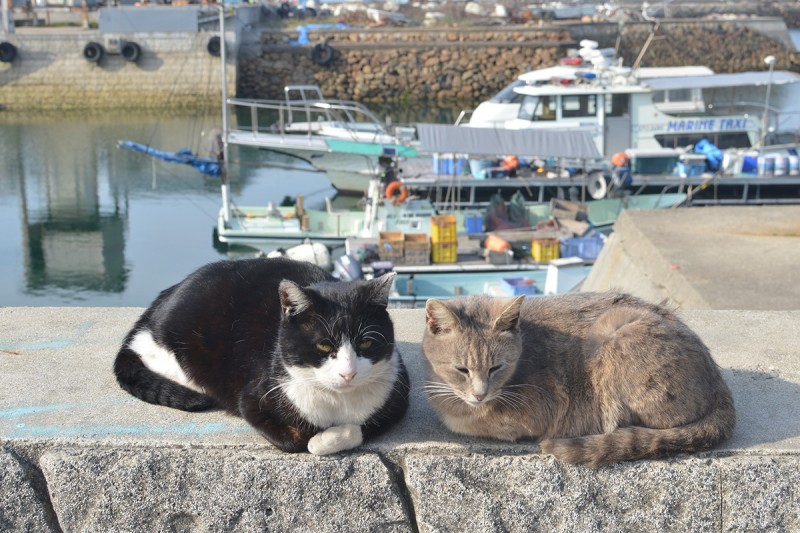
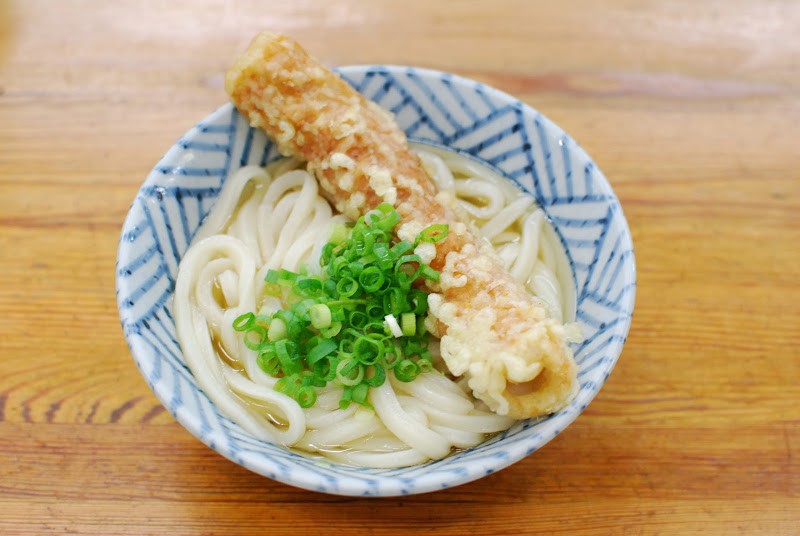
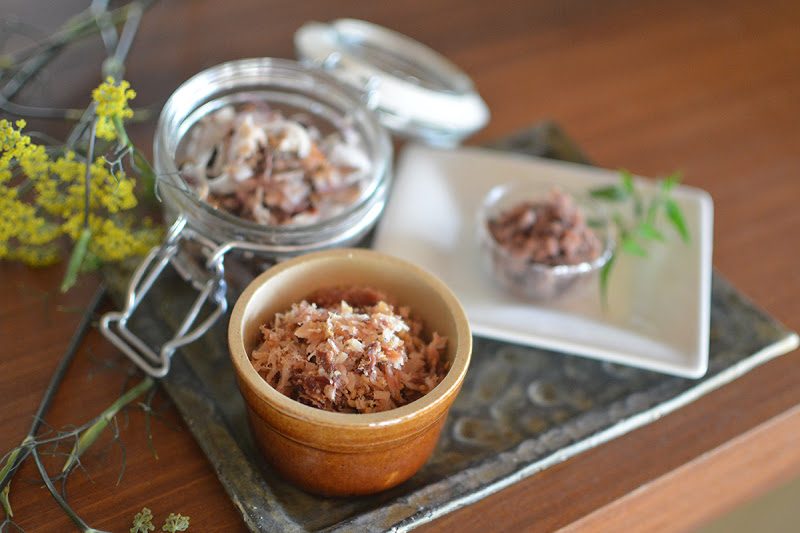
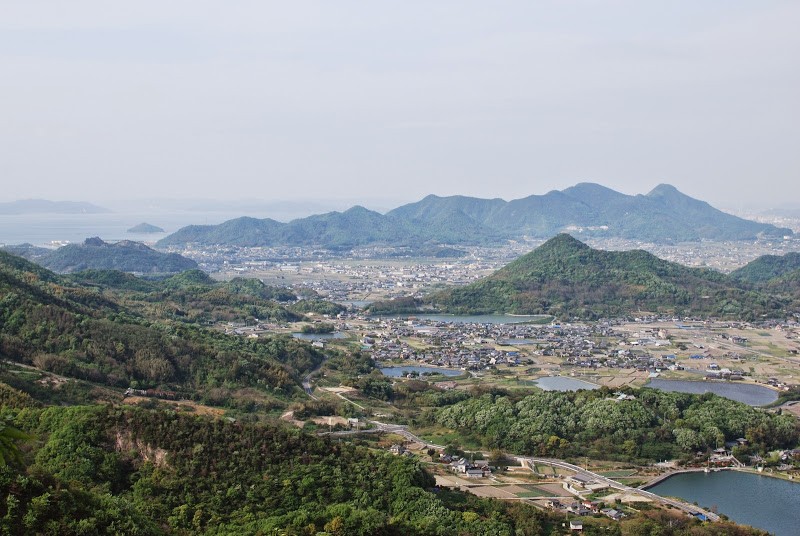
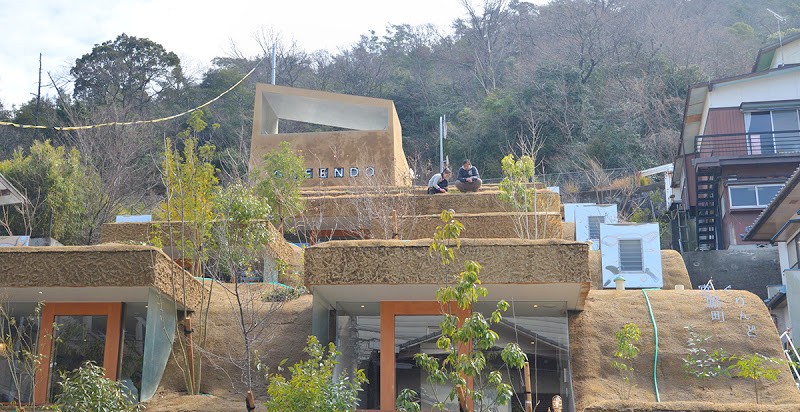
![【香川】あの世へ向かう銀河鉄道のよう。与島の盆踊り – [Kagawa] Bon dance of Yoshima Island](https://yousakana.jp/wp-content/uploads/2023/08/yoshima_bondance-800x533.jpg)
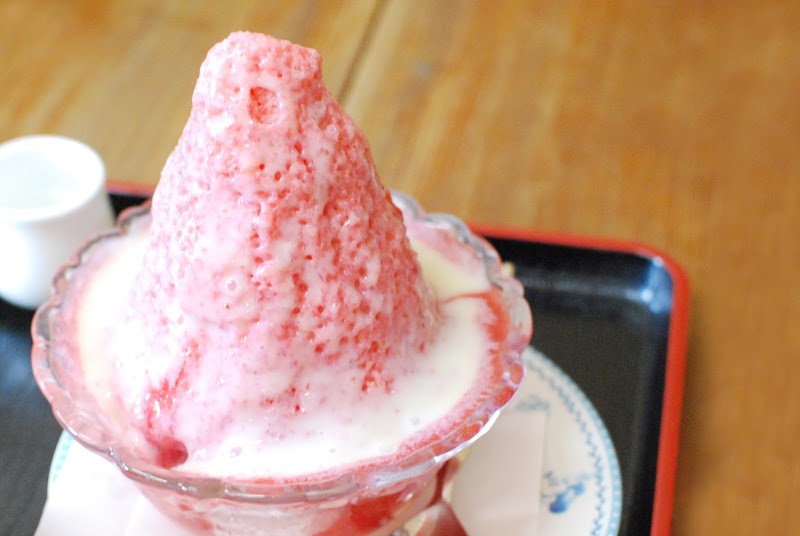
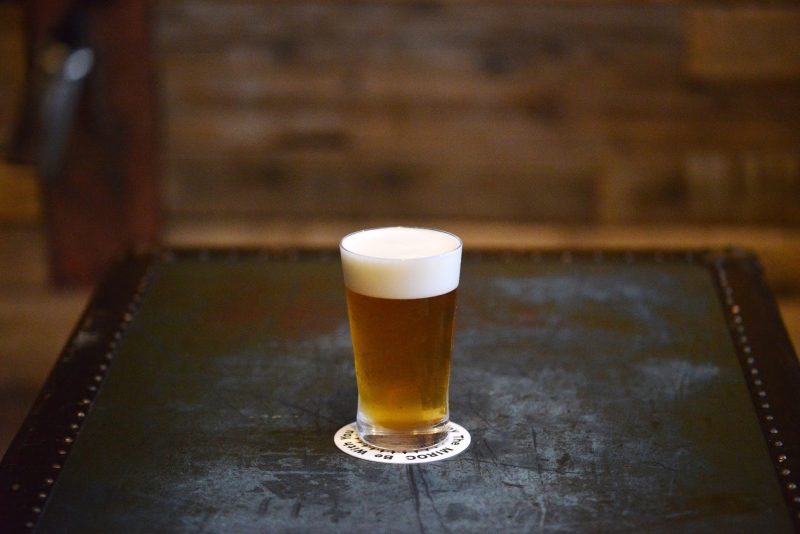
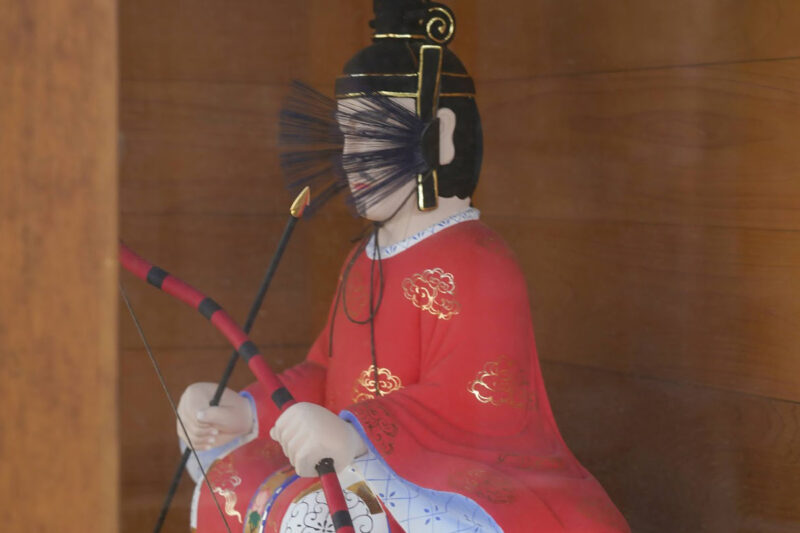
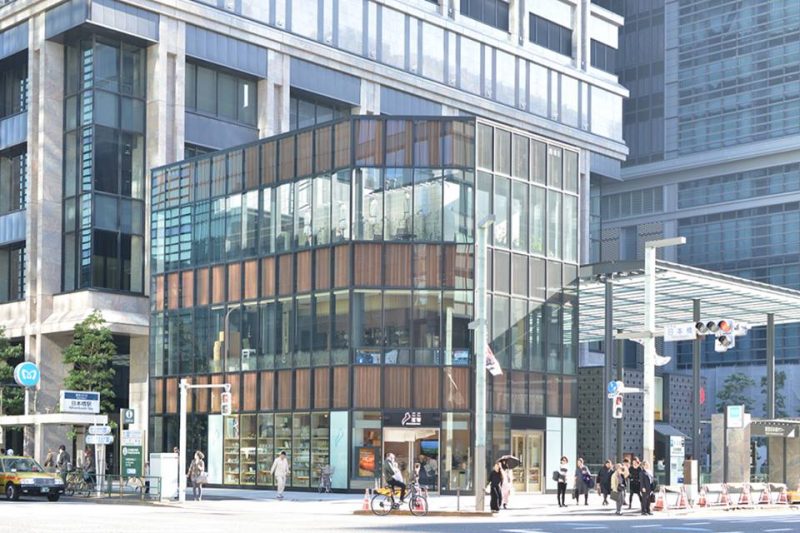
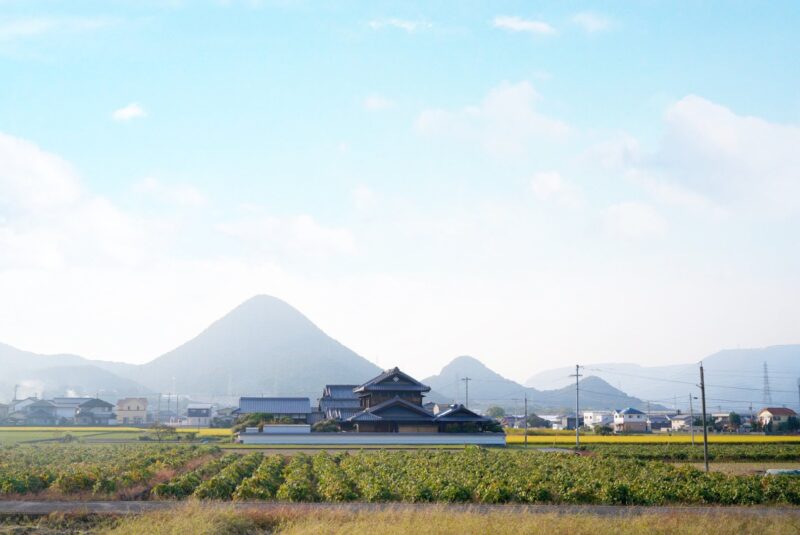
![【香川】循環をテーマにしたライフスタイルショップ『アジサーキュラーパーク』 – [Kagawa] AJI CIRCULAR PARK](https://yousakana.jp/wp-content/uploads/2022/11/AJI-CIRCULAR-PARK-800x533.jpg)
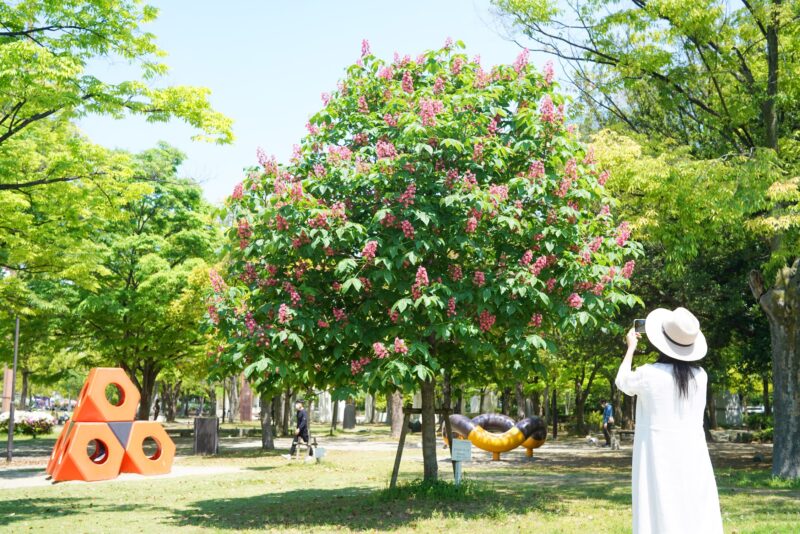
![【小豆島】池田の桟敷。江戸時代に築かれた石垣でみる秋祭り – [Shodoshima] The autumn festival at stone wall in Shodo island](https://yousakana.jp/wp-content/uploads/2014/09/shodoshima-festival-Autumn-800x536.jpg)
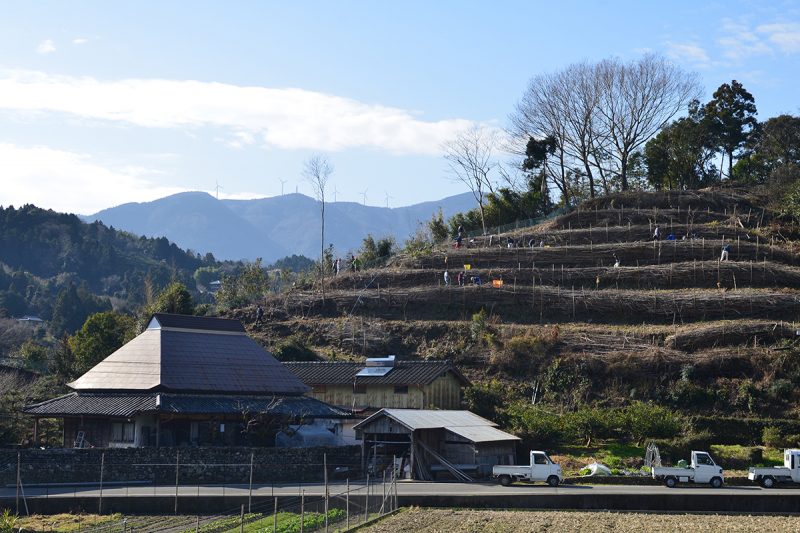
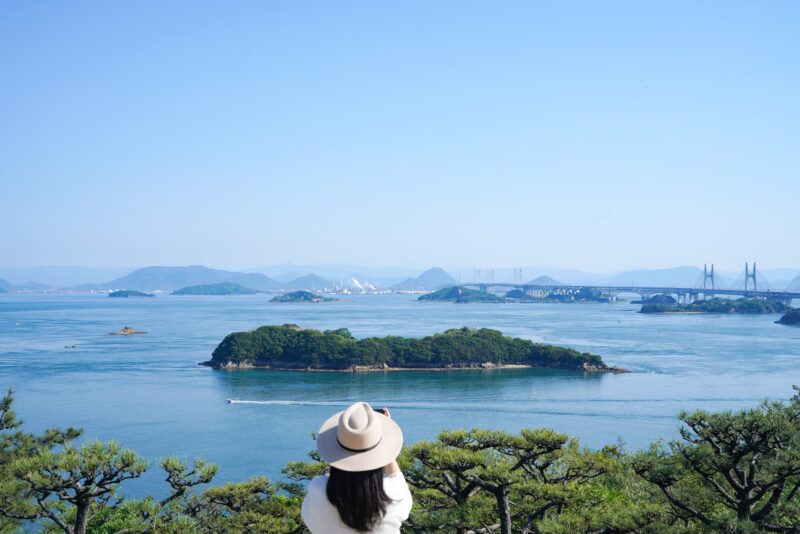
![【愛媛】屋台が川を渡る幻想的な西条祭り 伊曽乃神社の宮入り - [Ehime] Isono Shrine Saijo Festival](https://yousakana.jp/wp-content/uploads/2022/10/saijo-festival_ehime-1-973x649.jpg)
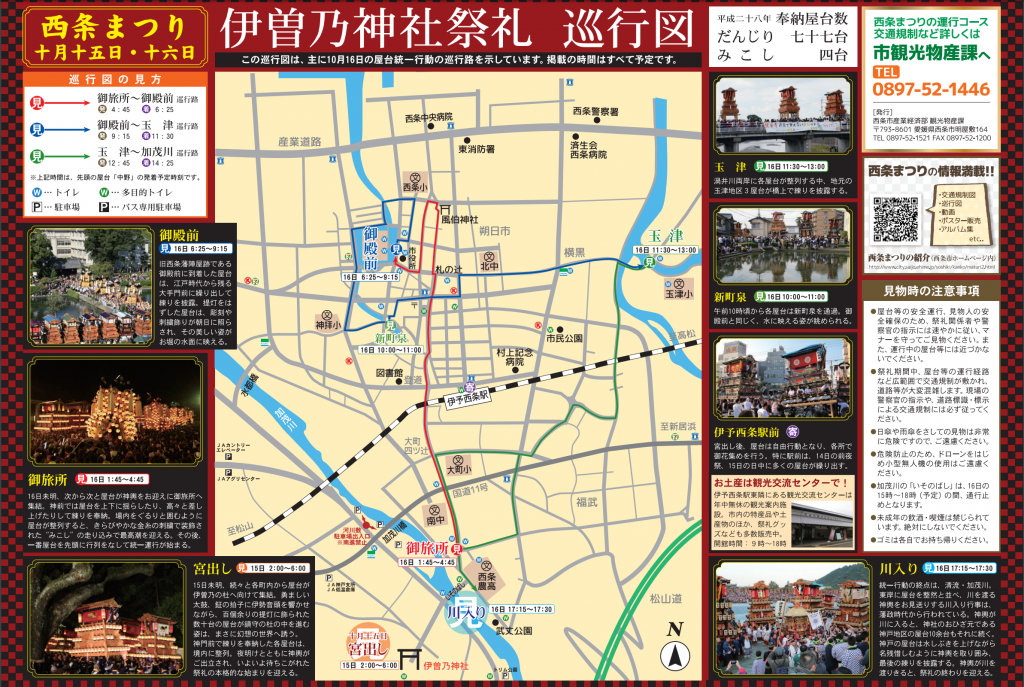

RyokoIhara
水の都の清流に屋台が映える。西条祭り、伊曽乃神社の宮入り。夜灯り編 http://t.co/EuVivtMc
樂車道樂(DanjiriDouraku)
水の都の清流に屋台が映える。西条祭り、伊曽乃神社の宮入り。夜灯り編 http://t.co/EuVivtMc
T.J.
水の都の清流に屋台が映える。西条祭り、伊曽乃神社の宮入り。夜灯り編 http://t.co/EuVivtMc
Niihama
水の都の清流に屋台が映える。西条祭り、伊曽乃神社の宮入り。夜灯り編 http://t.co/EuVivtMc
弐拾七番
写真アップしました! QT 水の都の清流に屋台が映える。西条祭り、伊曽乃神社の宮入り http://t.co/EuVivtMc #setoch
pei2
写真アップしました! QT 水の都の清流に屋台が映える。西条祭り、伊曽乃神社の宮入り http://t.co/EuVivtMc #setoch
まーくん
写真アップしました! QT 水の都の清流に屋台が映える。西条祭り、伊曽乃神社の宮入り http://t.co/EuVivtMc #setoch
樂車道樂(DanjiriDouraku)
去年、愛媛県西条市に来たときのたんじりレポートはこちら ☞ 水の都の清流に屋台が映える。西条祭り、伊曽乃神社の宮入り http://t.co/Kfacd70U
#西条 #setoch
ゆんゆん
西条祭りのUp、有難うございました。よいとさ〜よいやさ〜♬の掛け声や鐘の音が聴こえてきそうです。
普段、静かな街はこのお祭りで 人口はかなり増えますが、空気のざわめきは 神様の声と重なり、おちおち
眠っている場合ではありません。
お祭りは男性のモノかもしれませんが 女子も密かに掛け声をかけています。
それにしても、太鼓台とだんじりの境界線についてのエピソードは 初めて知りました。重ね重ね 有難うございました。
金木犀の薫りは お祭りの風です。
admin
コメントありがとうございます!祭りの音で血が騒ぐのかもしれませんね。とても幻想的で力に溢れたお祭りだと思います。太鼓台とだんじりの境界線にかんしては、論文があるようなので調べてみたいと思います。